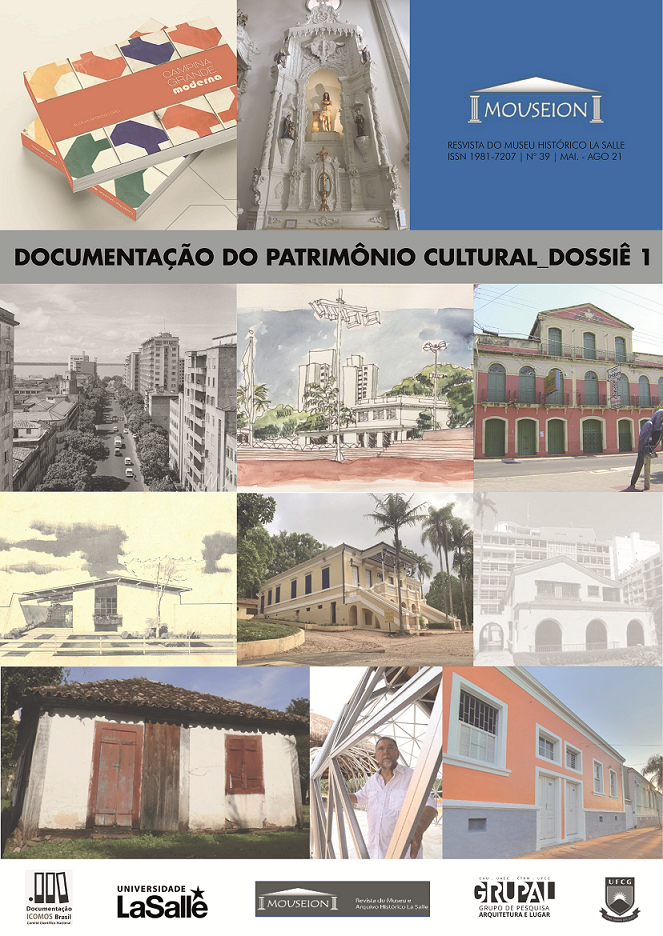The museum object as a document
DOI:
https://doi.org/10.18316/mouseion.v0i39.8600Keywords:
Document, Object, MuseumAbstract
The object of the museum is the object of the heritage that, due to its material and its shape, documents the reality in which it was created, in which it lived and with which it entered the present. The properties of the object constitute the characteristics of the documentary value. The most important qualities are: the material, the history, the environment and the importance of the object. The object is the source and transmitter of the information. The idea of a museum object reflects its fundamental identities: conceptual, real and current identities and those that present their vertical sequence in time and space: one structural, the other functional. Since objects exist in a context, they are also the documents of a primary, archaeological and museological context. The primary context is the most frequent. It is in this context that objects assume their document properties. In the archaeological context, there is a tension between historical time and chronological time, therefore, documentary properties reside, while in the museological context the object expresses and communicates its documentary values and protects its acquired identities. Changes in the context regularly occur in one direction and move towards the museological context. An object in the museological context becomes the witness and the testimony of the primary and archaeological context, as well as the source of information for documentation and research. The museological object is the document of the lived reality (Original abstract).Downloads
Published
2021-11-04
Issue
Section
Documentos
License
Authors must submit their manuscripts to be published in this journal agree with the following terms:
Authors maintain the copy rights and concede to the journal the right of first publication, with the paper simultaneously licensed under the License Creative Commons attribution that permits the sharing of the paper with recognition of authorship and initial publication in this journal.
Since the articles are presented in this journal of public access, they are of free use, with their own attributions for educational and non-commercial purposes.


